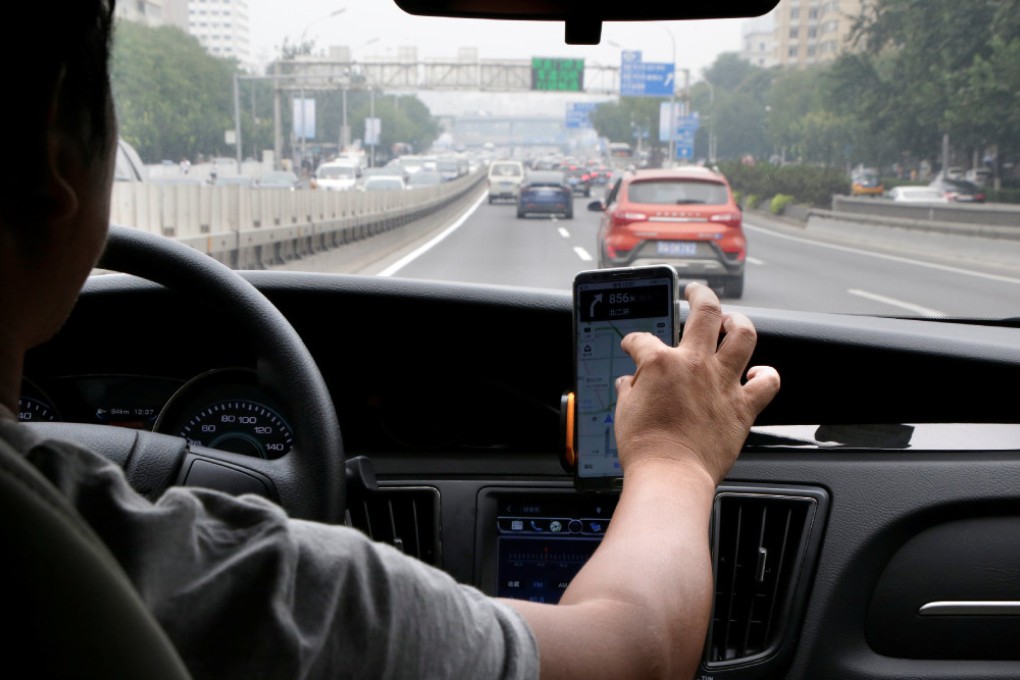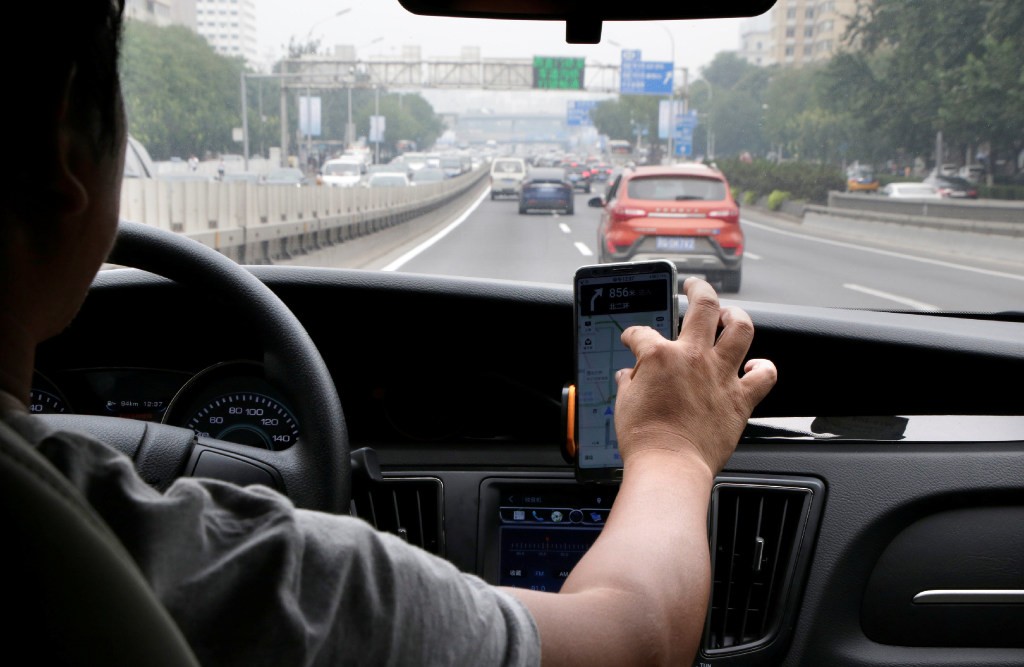Advertisement
A state-backed ride-hailing startup is challenging Didi on safety
T3 Chuxing thinks internet-connected cars and facial recognition will help it take on China’s ride-hailing king
Reading Time:3 minutes
Why you can trust SCMP
0

This article originally appeared on ABACUS
The war for China’s ride-hailing market isn’t quite finished yet. Even though 90% of all ride bookings in the country go through Didi, there are still new ventures from internet companies and car makers that are trying to win users over.
Didi Chuxing taking competition with nemesis Uber abroad
The latest company to join the fray is T3 Chuxing. The company was started by three major state-owned car makers -- FAW Group, Dongfeng Motor and Changan Automobile -- and it seeks to attract users by promising higher safety standards.
Since it’s owned by car markers, the company has its own fleet of cars that it can cram full of any features it sees fit. This is markedly different from how traditional ride-hailing services like Didi and Uber operate. They allow drivers to use their own cars on those platforms.
It’s not just car makers who are backing T3 Chuxing, though. It’s also getting support from China’s two large tech behemoths, Tencent and Alibaba. Those companies will reportedly support T3 Chuxing with cloud computing, mapping and payment services.
(Abacus is a unit of the South China Morning Post, which is owned by Alibaba.)

Safety concerns about China’s ride-hailing market have been growing among both users and regulators since two Didi passengers were killed last year. Didi has tried introducing new security measures and ditched its Hitch carpool function, but users have still been critical.
In one of the two cases, the driver was reportedly picking up orders with his father’s Didi driver account. But the Didi app is supposed to scan the user’s face before accepting an order to confirm the driver’s identity, which didn’t happen in this case.
Advertisement